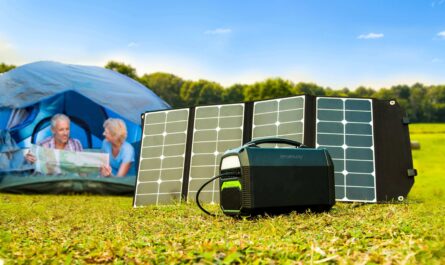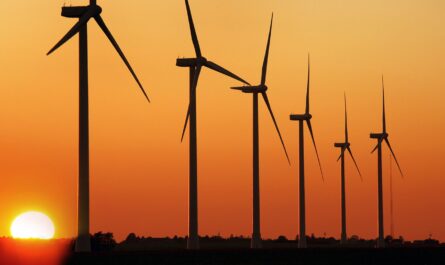Hydropower has been one of the most reliable sources of renewable energy for mankind since time immemorial. Harnessing the power of flowing rivers and falling water, hydropower plants generate electricity in an environmentally-friendly way. Let us explore some key aspects of hydropower generation and its importance for our energy needs.
Hydropower, also known as hydroelectric power, utilizes the kinetic energy of flowing or falling water to generate electricity. A hydropower plant typically consists of a dam built across a river. The water stored behind the dam flows through large turbine generators before being released back into the river downstream. The force of flowing water spins the turbines which are connected to generators to produce electricity.
Types of Hydropower Plants
There are mainly three types of hydropower plants based on their setup:
– Run-of-river plants: These plants do not require large dams and reservoirs. They utilize the natural flow and elevation drop of the river to generate power.
– Storage hydroelectric plants: Large dams are built to store river water in a reservoir. Water is released through turbines as required to generate power. Countries like Brazil and China have massive storage hydroelectric plants.
– Pumped storage plants: These plants pump water from a lower elevation reservoir to a higher storage area during off-peak hours when power demands are low. The stored water is released back during peak hours for power generation.
Advantages of Hydropower
Renewable and Reliable: Hydropower is one of the most reliable forms of renewable energy as it utilizes the perpetual hydrological cycle. As long as there is rainfall and flowing water, Hydropower Generation can generate electricity.
Clean Energy: Hydropower produces electricity without polluting the air or water like fossil fuel power plants. It is one of the cleanest sources of large-scale energy.
Flexible Operation: Hydropower generation can be increased or decreased as per electricity demand fluctuations. Storage hydro plants provide valuable grid flexibility and stability.
Flood Control and Irrigation: Large dams built for hydropower generation also aid in flood control, irrigation, water supply and recreation activities.
Job Creation: Construction and operations of hydropower facilities create many direct and indirect local jobs in civil works, machinery, logistics etc.
Grid Strengthening: Hydropower can support variable renewable energies like solar and wind by balancing power fluctuations through storage and flexible operations.
Challenges of Hydropower Development
Environmental Impacts: Large dams submerge huge forested lands and disrupt natural river flows impacting aquatic life and ecosystems downstream. Traditional communities are often displaced.
High Initial Cost: Setting up hydropower infrastructure requires massive capital investments which makes projects capital intensive and increases tariffs.
Geographical Constraints: Hydropower potential depends on availability of suitable river basins and elevation head. Not all regions are conducive for development.
Seasonal Variations: Rainfall and river flows fluctuate seasonally affecting hydropower generation. Storage based systems are required for reliable output.
Sedimentation: Sedimentation gradually fills up dam reservoirs reducing available storage capacity over time if not properly managed.
The Way Forward
With proper planning and mitigation measures, hydropower’s benefits can hugely outweigh its challenges. Governments and industry need to focus on:
– Implementing strict environmental & social impact assessments for new projects.
– Promoting small mini/micro hydropower schemes suited to hilly terrains.
– Modernizing aging infrastructure through rehabilition and capacity upgradation.
– Developing multi-purpose river interlinking projects for integrated water resources management.
– Hybridizing hydropower with flexible complementing renewable energies in integrated systems.
– Regional cooperation for development of transboundary river basins between nations.
*Note:
1. Source: Coherent Market Insights, Public sources, Desk research
2. We have leveraged AI tools to mine information and compile it




